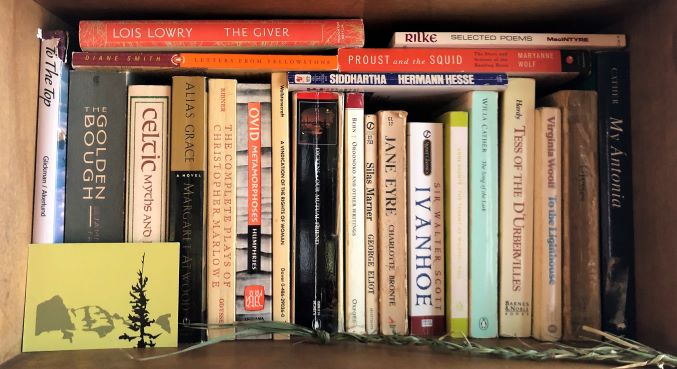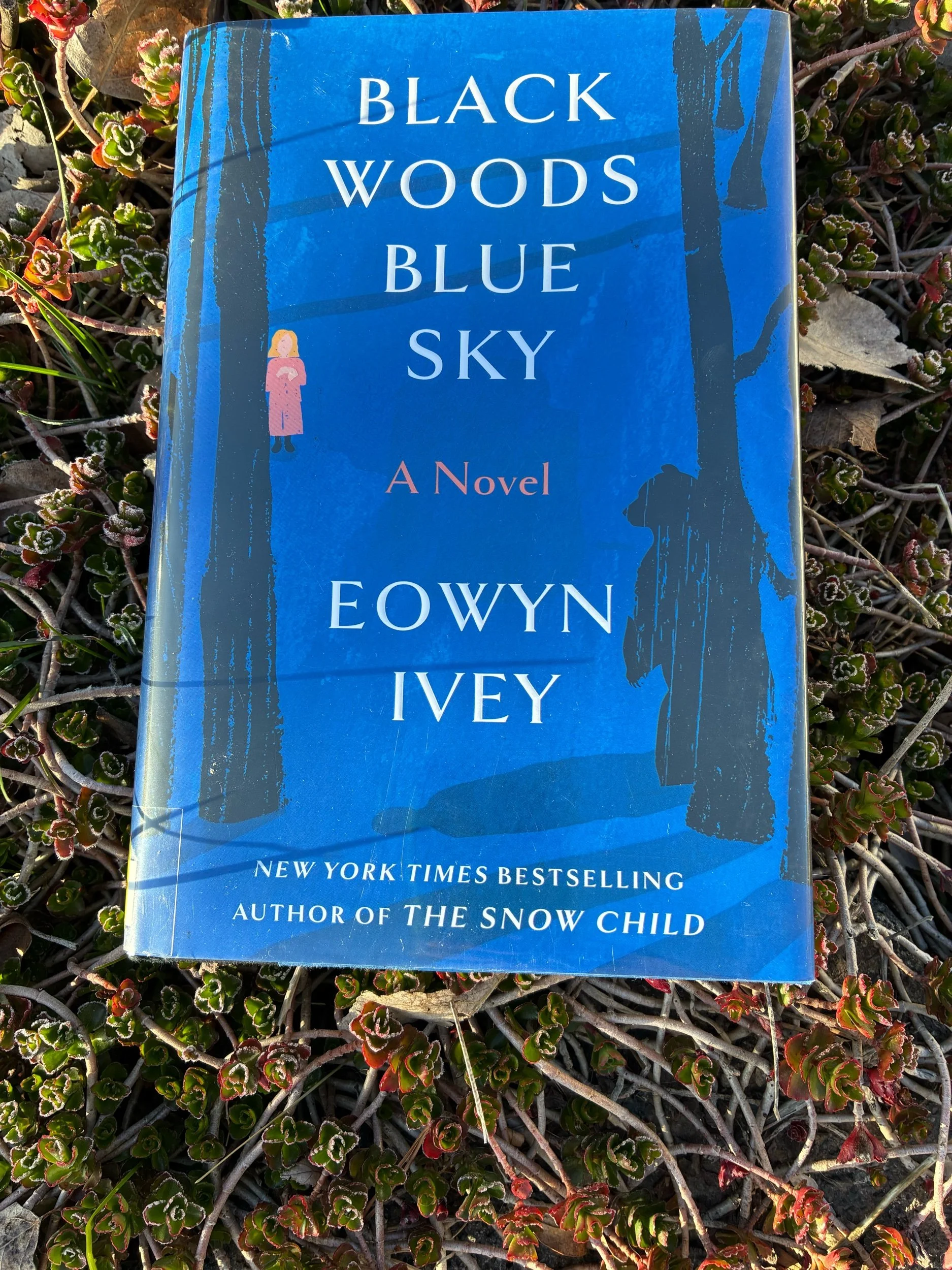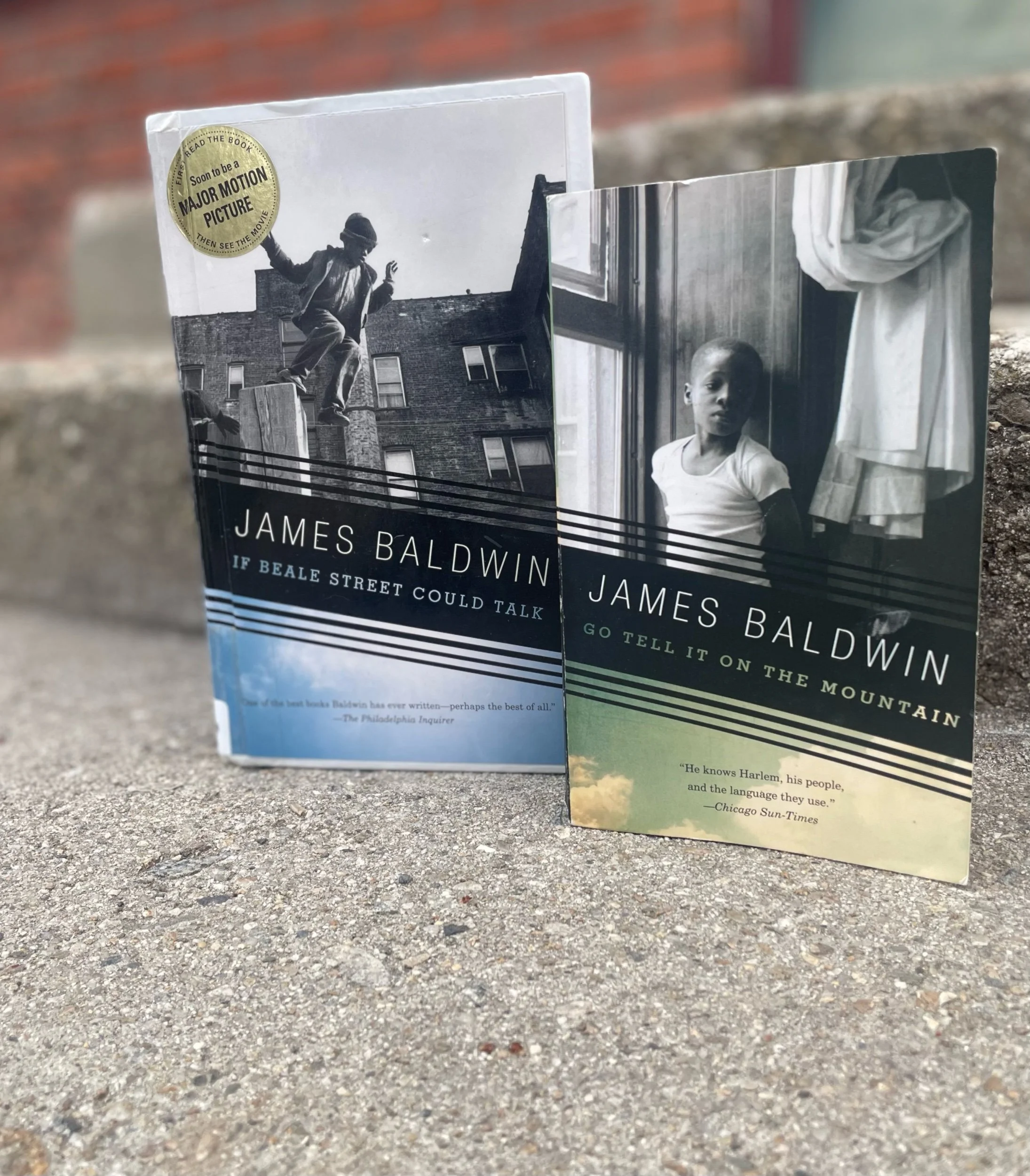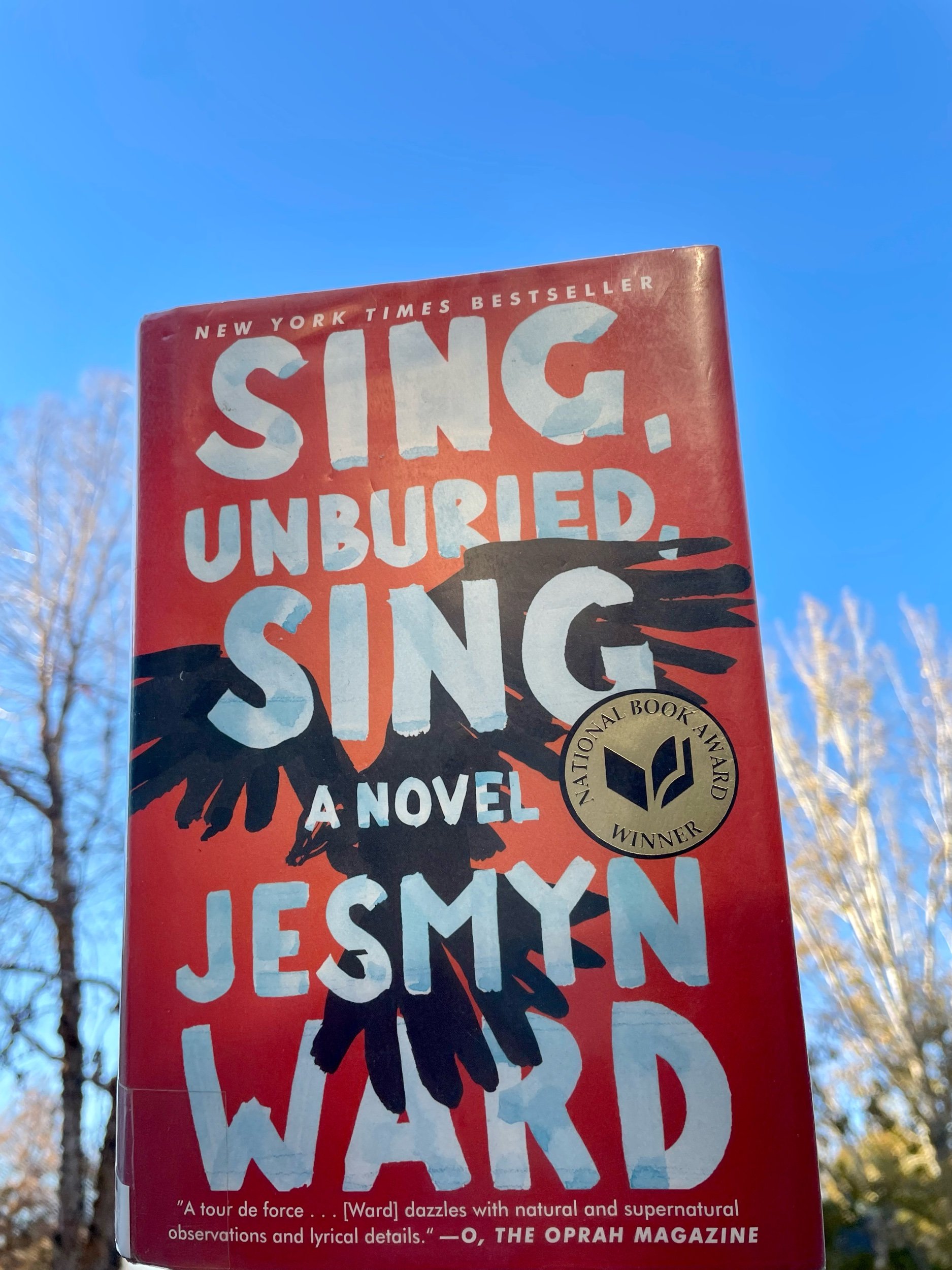Black Woods, Blue Sky
Eowyn Ivey’s newest novel, Black Woods, Blue Sky (2025), transports readers to the wilds of Alaska’s interior and the loving, albeit dysfunctional, family of a single mom and her eccentric daughter. Emaleen is five and lives with her mother, known to all as Birdie, in the Alaskan wilds along the fictional Wolverine River. Birdie has been trying to fly since childhood and often flirting with disaster as she courts her long-desired flight. This novel explores the complexity of mother-daughter love, the call of the Alaskan wilds, and the ways people grapple with memory, loss, and forgiveness over time.
The mother and daughter live in a guest cabin at Birdie’s place of work, a guest lodge along Wolverine River (which also plays a part in her previous novel To The Bright Edge of the World, reviewed here). Life at the lodge means is not traditional. Birdie sometimes leaves Emaleen to work late or just take a walk in the woods for solitude; there are always people at the lodge. As a result, Emaleen claims an eclectic crew of “aunts” and “uncles,” and she knows that she is loved, even if her mother may appear to be less than ideal to outside eyes. Birdie, however, longs for more. She dreams of a life of freedom among the wild places of the Alaskan tundra. Mysterious Arthur, with his strange diction and unconventional ways, connects with both Emaleen and Birdie in the woods early in the novel. There is something different about Arthur, something odd and strong, equally gentle and dangerous, reminiscent of a fairytale, but in a way he saves both Birdie and Emaleen—at least for a time. Black Woods, Blue Sky is the story of a child who grows to be a young woman and circles back to the places and vague memories that time will not let fade entirely.
As with her other novels, The Snow Child (previously reviewed here) and To The Bright Edge of the World, this novel blends realistic fiction (or in the case of To The Bright Edge of the World, historical fiction), with something otherworldly. The matter-of-fact nature of Ivey’s magical characters provides a surreal, even eerie, tone to the novel. The domestic fiction that readers acclimate to at the beginning of Black Woods, Blue Sky gradually transforms to something akin to Hans Christian Anderson or the Grimm Brothers. At the same moment, the magic is perfectly delightful, particularly when viewed through the lens of a child character. Magic is not surprising in Emaleen’s child’s eye; and the outlook is at once unsettling and lovely. Magic is very much alive in Ivey’s stories, and is more literal than the majestic Alaskan landscape.
Like Ivey’s other novels, this is a story infused with her native Alaska. Having spent many of my youngest years living in and loving the grand Alaskan landscape, I find Ivey’s books particularly moving. Her descriptions transport me to the sensory delights that are so uniquely Alaskan.
Black Woods, Blue Sky is a beautiful book about the love between a young daughter and her mother and the way time transforms (and maintains) memory. This is a novel about the many faces of love and the ways people embrace forgiveness. It is also an ode of sorts to the grandeur of interior Alaska, a place magic does not at all seem out of place.
Bibliography:
Ivey, Eowyn. Black Woods, Blue Sky. Random House: 2025.
A Few Great Passages:
“You had to think very carefully when you made wishes, though, because they might come true and be a trick that actually made you sad. Emaleen thought hard. What if there wasn't a single wild or scary thing in the woods? Maybe it wouldn't be so much fun to stand at the edge of the trees” (86).
“[S]he had the sensation of slipping outside of herself, of inhabiting both places at once sitting on the picnic table and imagining what it would be like to stand on this mountain ridge, and also standing here and looking down at her old life, and it was as if she soared, breathless and thrilled, in the blue sky between the two” (144).
“Life is hard. [. . .] The yearling moose chased off by their mothers and left to fend for themselves. The snowshoe hares dodging the constant hunt of the lynx and owls and hawks. All that hunger and fear. [. . . ] It was a miracle, not that life had come into existence, but that it endured. Dying, that was the easy part. He confessed that he'd stolen that line, in one form or another, from Hemingway. He'd gone to his shelves, handed Emaleen a book, and told her to read it when she got a chance” (302-303).





